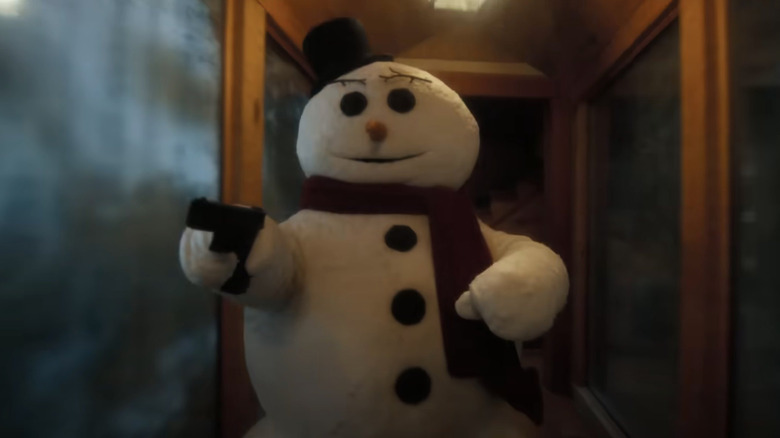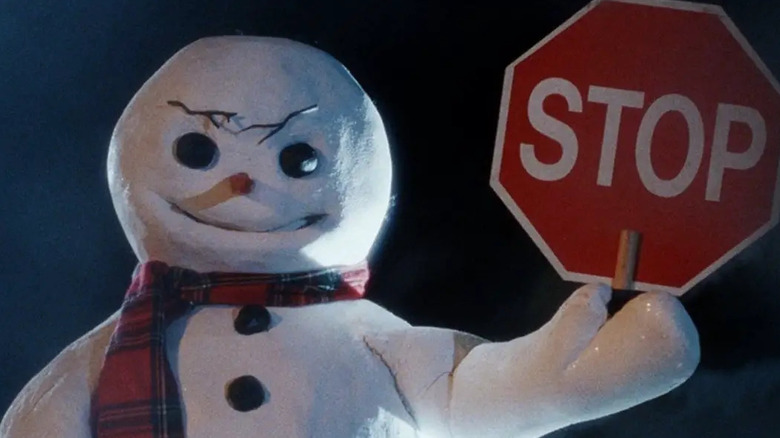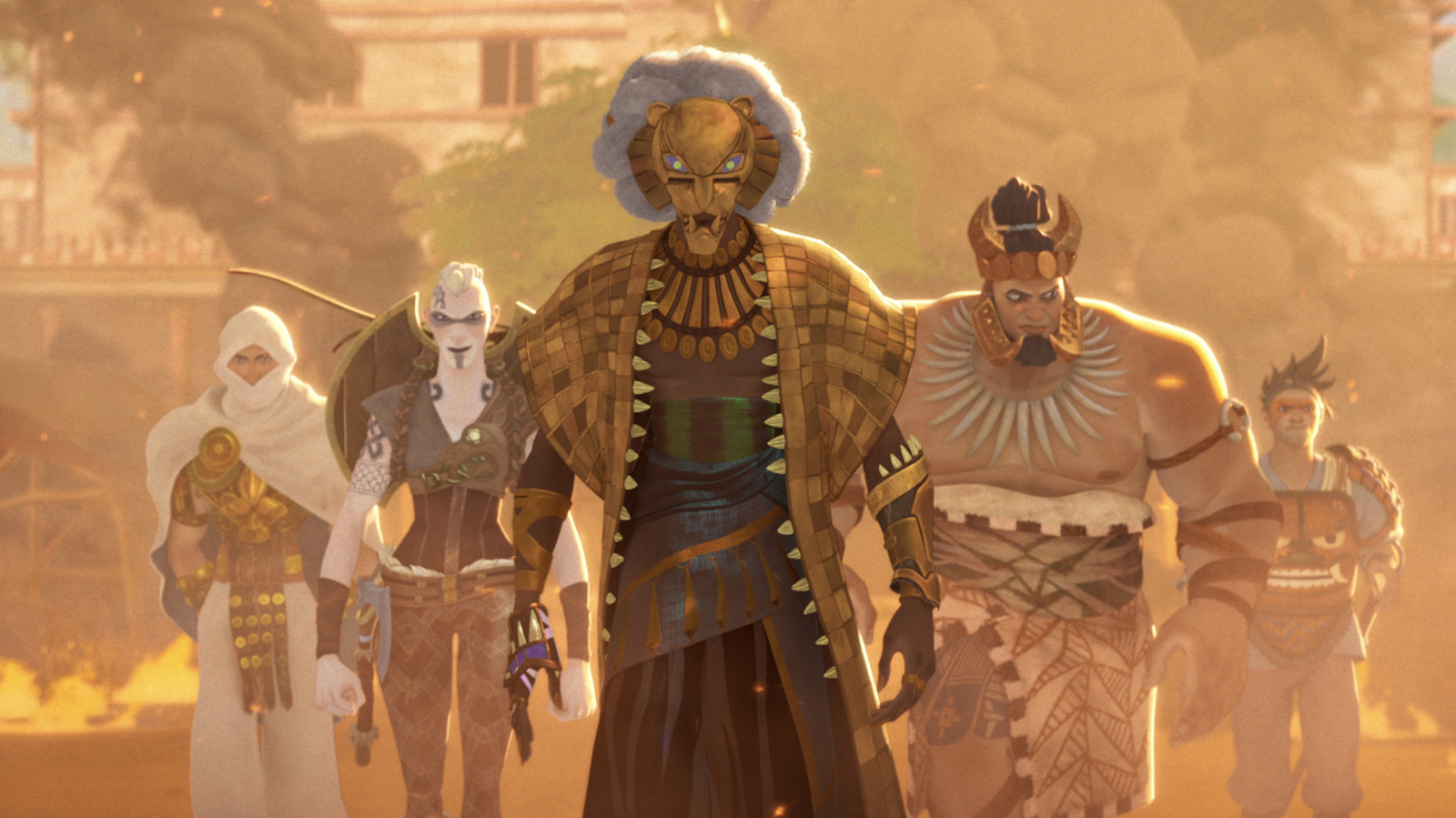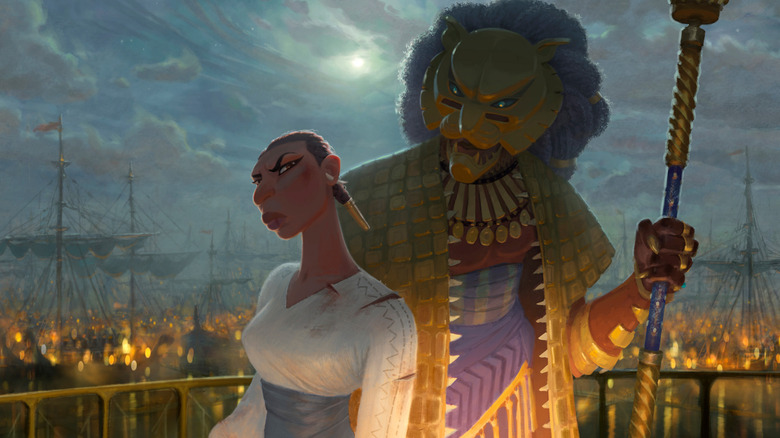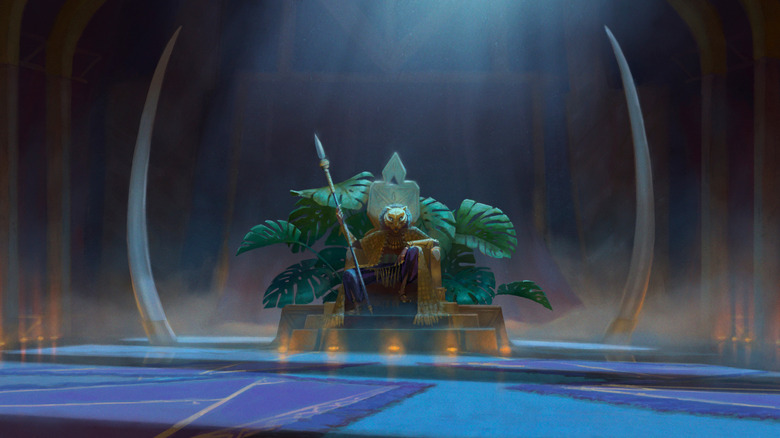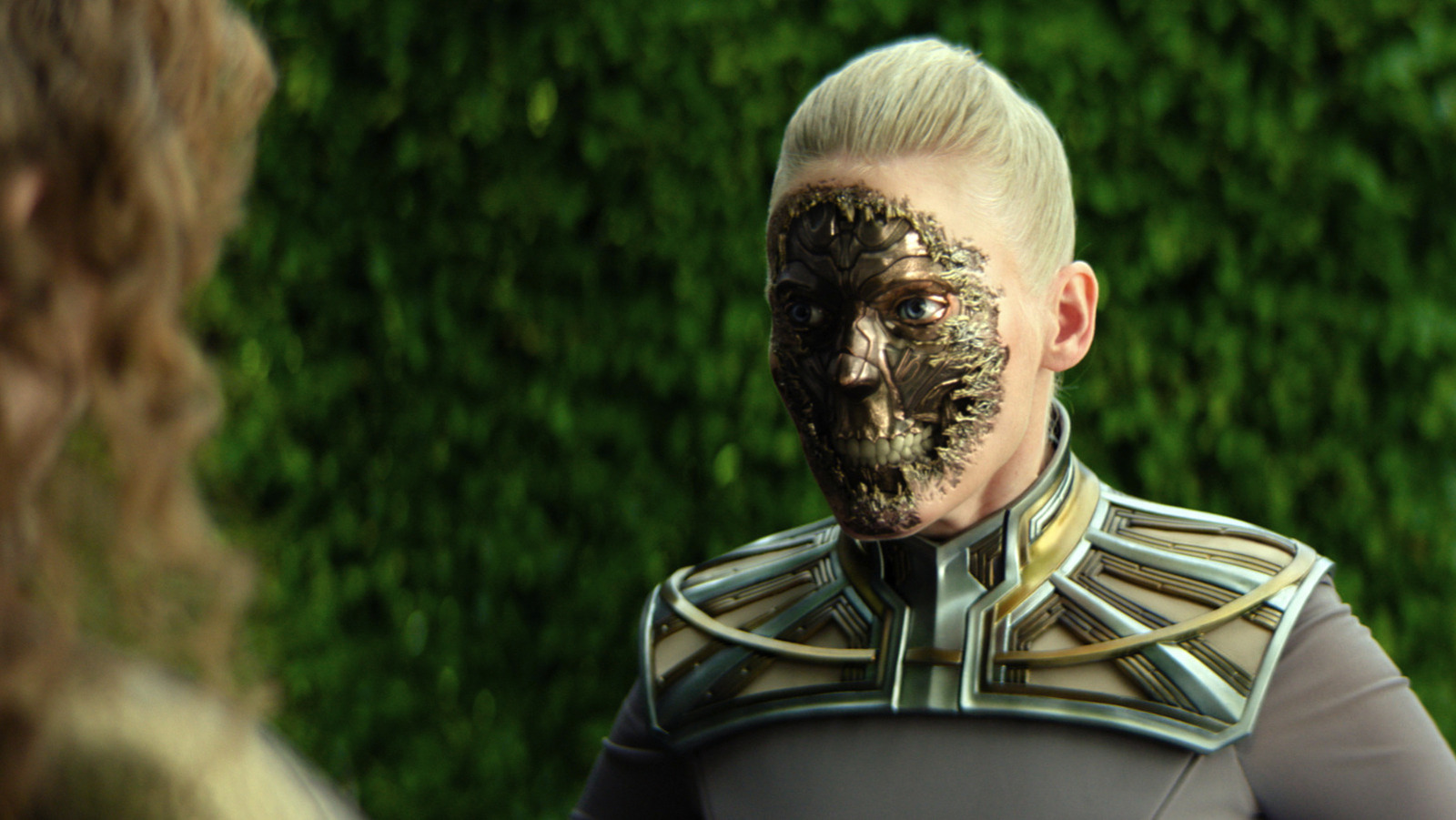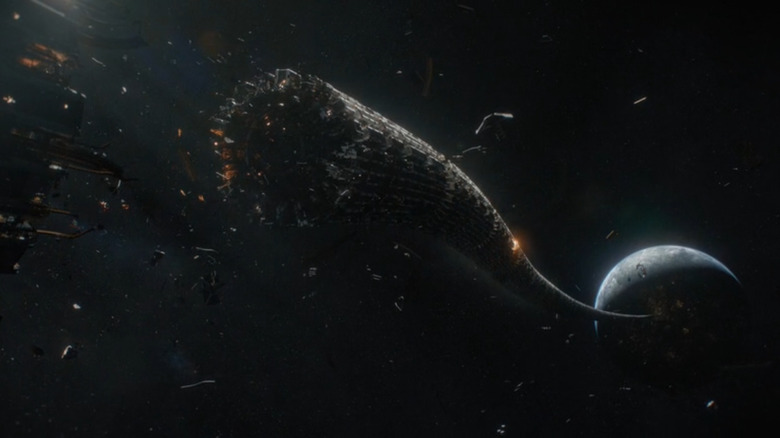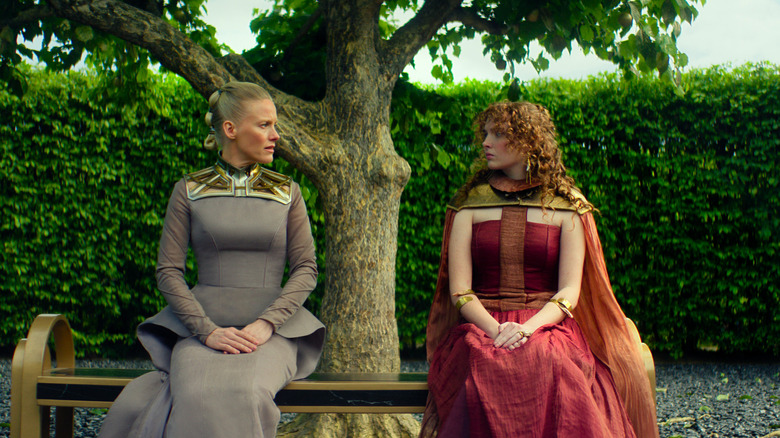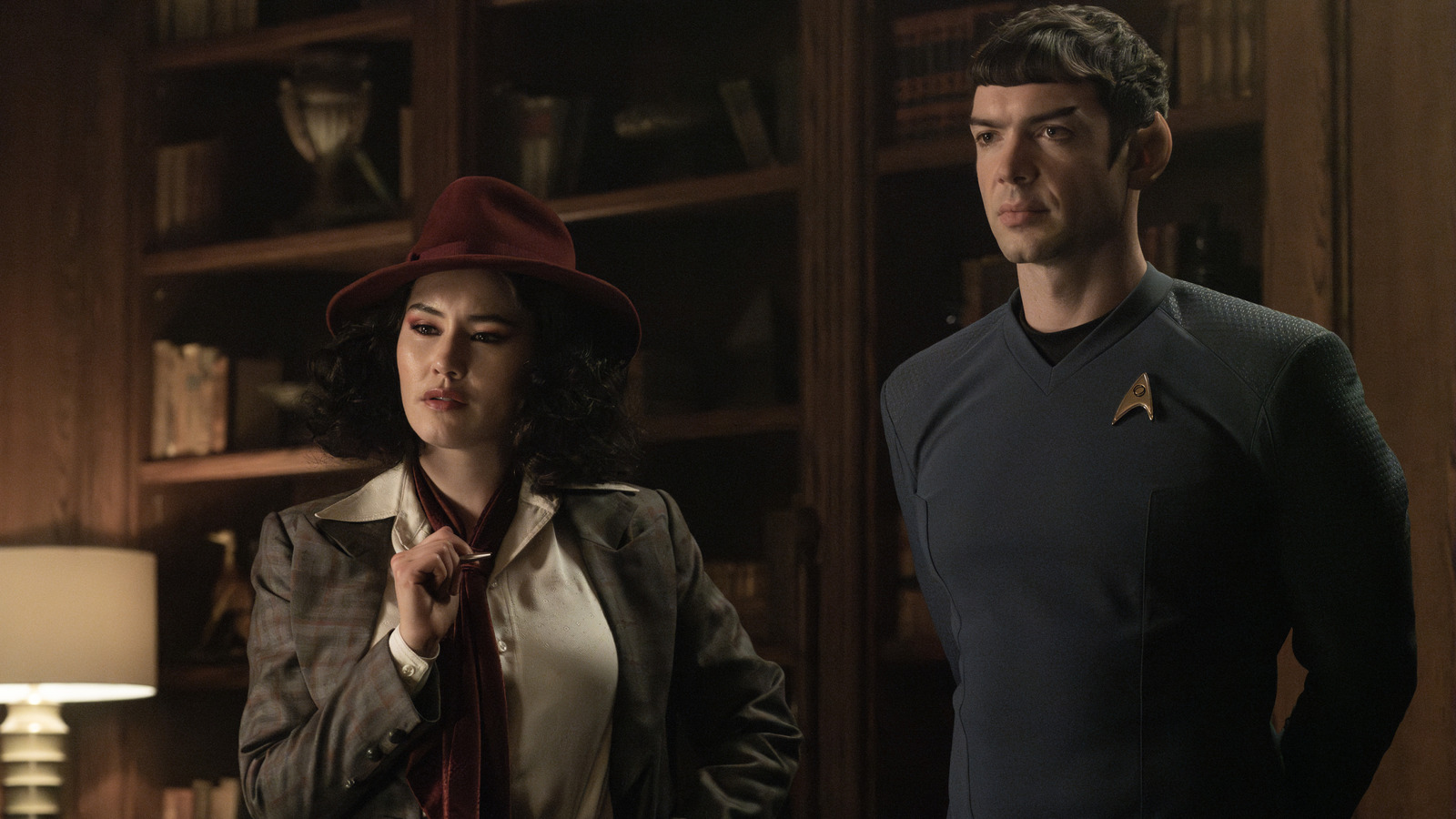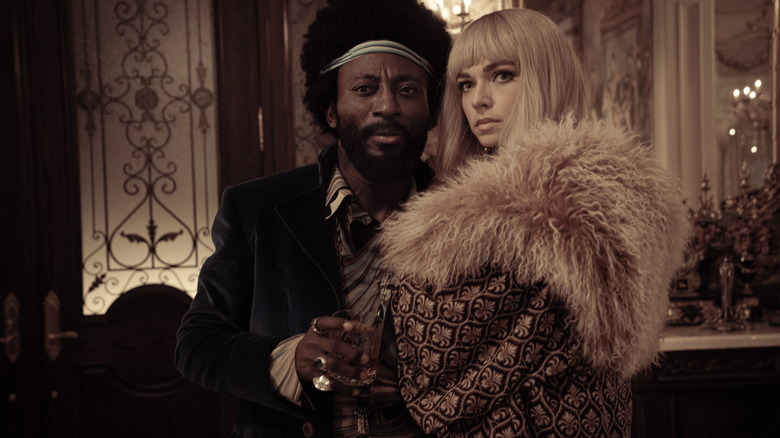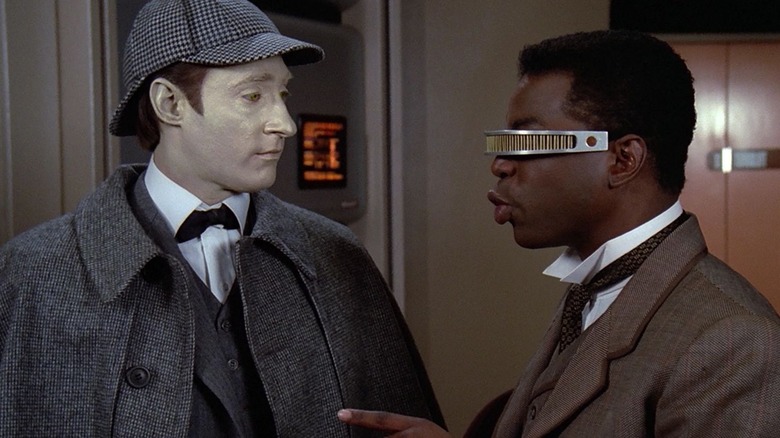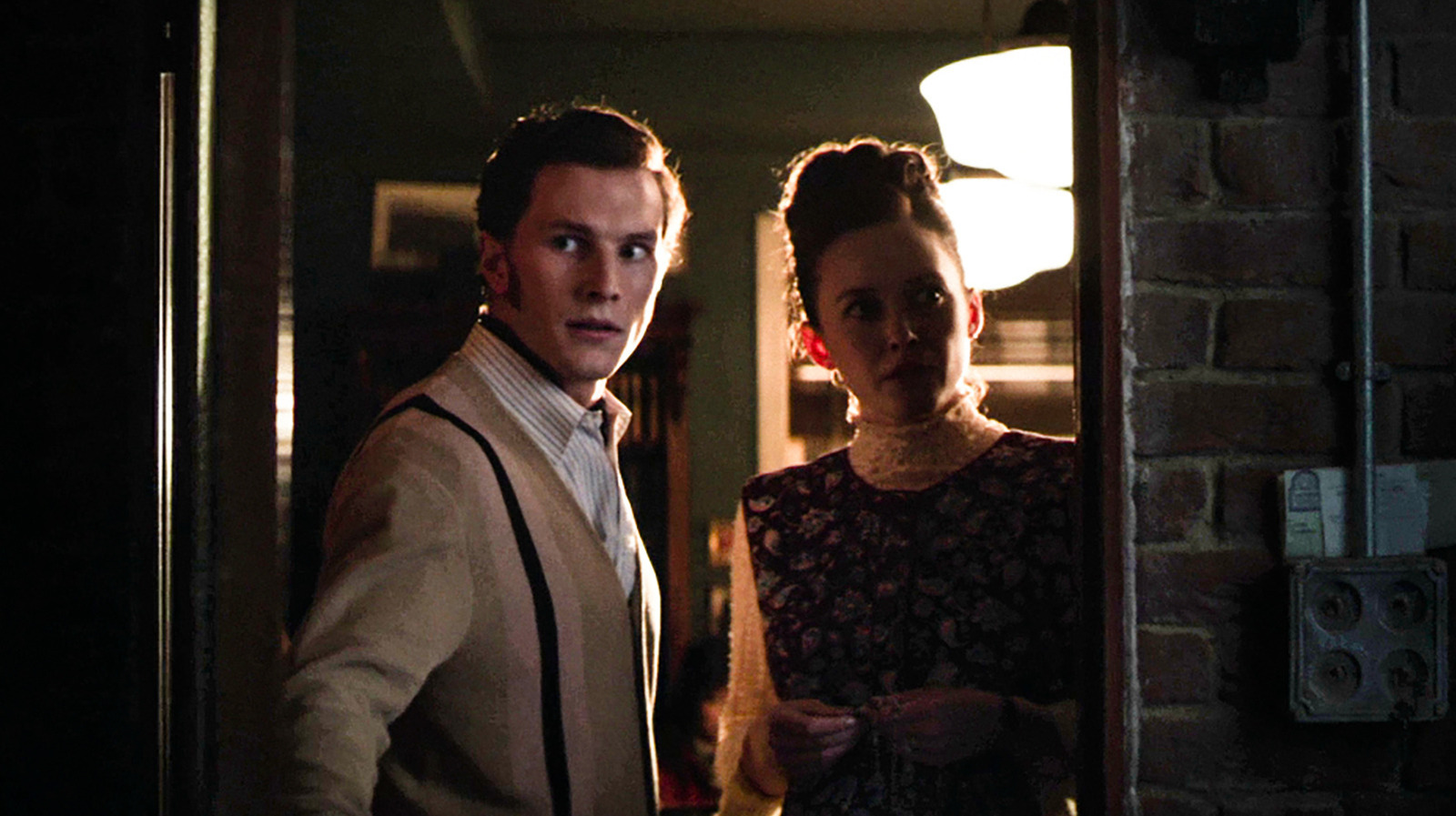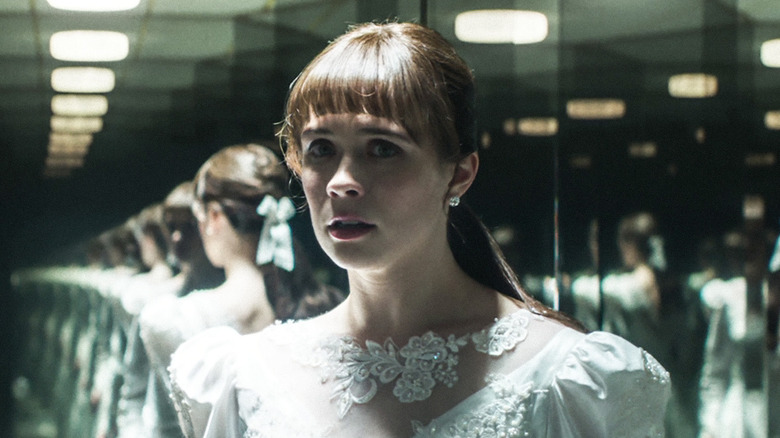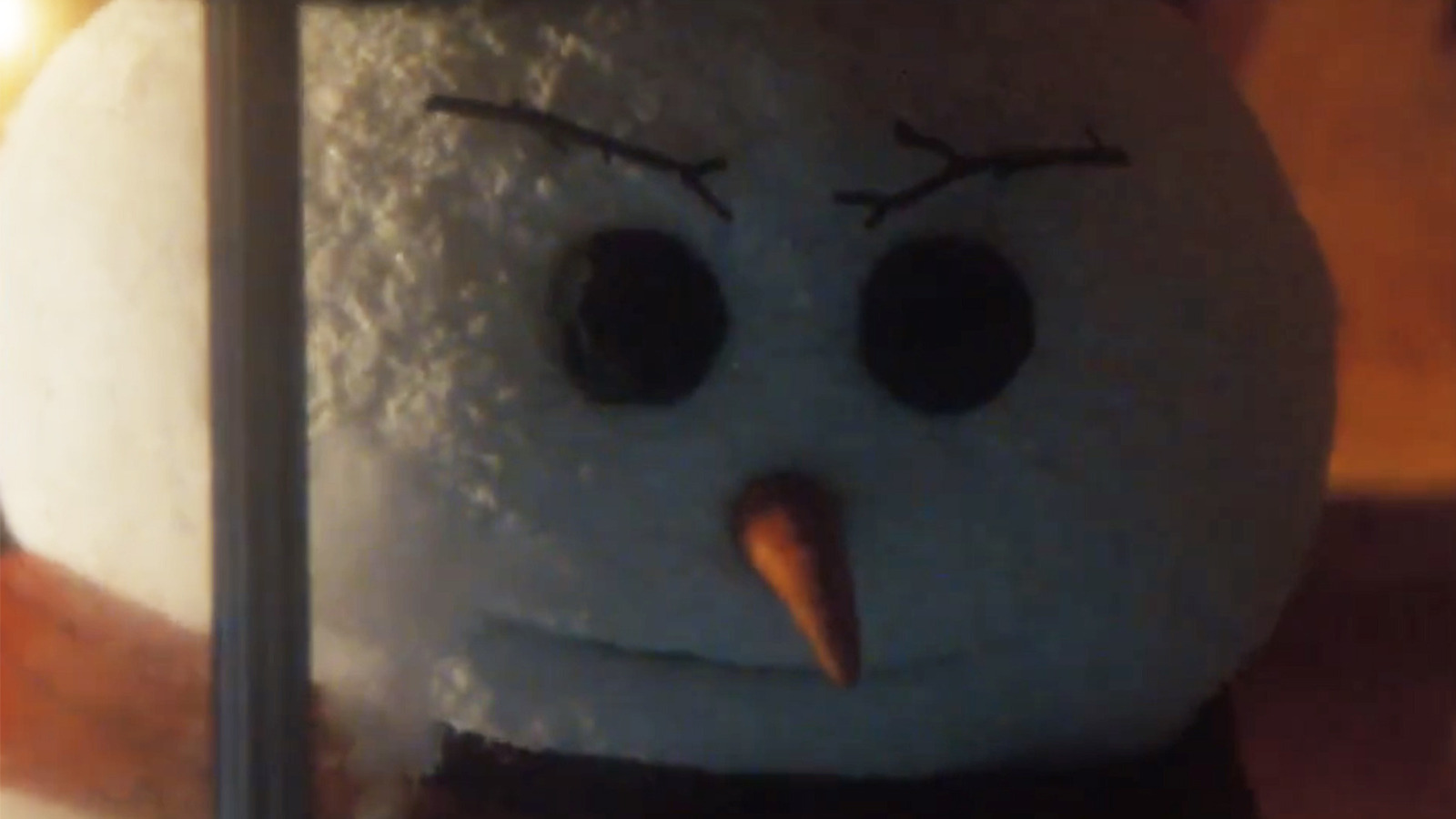
TV & Beyond on 2025-08-01 15:00:00
/Film’s Ethan Anderton gave “The Naked Gun” a glowing review as the funniest movie of the year, and I couldn’t agree more.
Lonely Island alum Schaffer, along with producer Seth MacFarlane and co-writers Dan Gregor & Doug Mand, honor the spirit of ZAZ’s zany sense of humor, while making their “Naked Gun” feel like a breath of fresh air. If I wasn’t already sold by the teaser trailer’s brilliant O.J. Simpson joke (one of many genius decisions on behalf of this film’s marketing department), then Kevin Durand’s villainous henchman stealing a literal P.L.O.T. Device in a “Dark Knight”-inspired heist opening had me locked in. Liam Neeson was the best possible casting choice to play Frank Drebin Jr., as the character shares his father’s lack of self-awareness, albeit through the prism of his gruff action movie persona. But while Neeson ensures a lot of good laughs on his own terms, some of the film’s strongest moments are when he shares the screen with Pamela Anderson.
Neeson and Anderson are supposedly dating after having worked together on “The Naked Gun,” and it shouldn’t come as a surprise to anyone who’s seen the film. They make an adorable screen pair that are having so much fun being silly in one another’s presence, especially in a hilarious sequence that takes the shadowy innuendos of “Austin Powers: The Spy Who Shagged Me” to a whole new extreme. Anderson’s Beth Davenport, a more lighthearted spoof on Sharon Stone’s femme fatale from “Basic Instinct,” mines some huge laughs in her attempt to get closer to Drebin Jr.’s heart — and turkey.
For as much as the “Naked Gun” movies are about laughing at a walking disaster like Drebin, the romantic pulse at the center of them has always been one of their most critical components. In the ’88 film, there’s a hilarious montage of Nielsen’s Drebin going on a bunch of romantic escapades with Priscilla Presley’s Jane Spencer in which they knock couples over at the beach, squirt one another with hot dog condiments, and guffaw as they walk out of Oliver Stone’s harrowing war drama “Platoon.” Schaffer’s “Naked Gun” gives Neeson and Anderson their own courtship montage, but takes it to an even more absurd degree.

